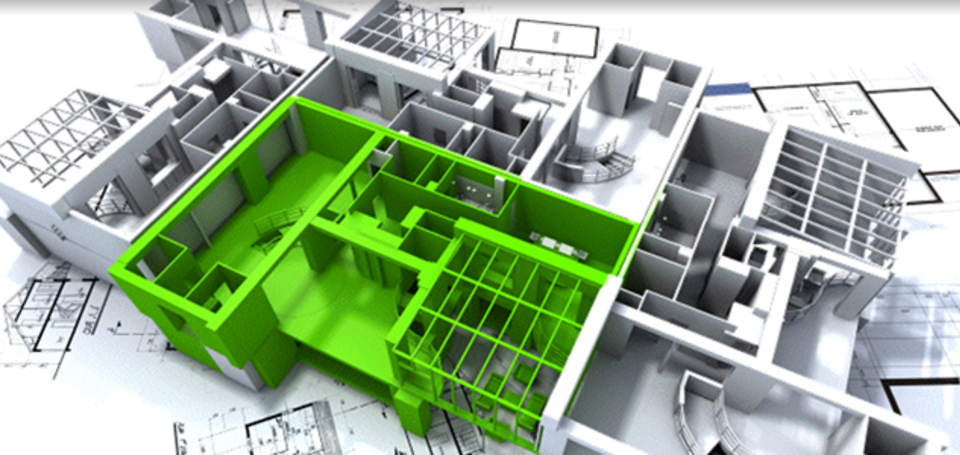-
 focusing on the green investment prospect
focusing on the green investment prospect -
 to reveal the hidden value
to reveal the hidden value -
 in real estate and urban infrastructure
in real estate and urban infrastructure -
 through efficient and sustainable use of resources
through efficient and sustainable use of resources -
asd
Blog by Sudhi Sinha, GreenBiz.com
Buildings have always been rich sources of data. Limitations in technology kept the data stored in native or simple aggregated repositories with some basic analytical functions performed on them. High storage costs were an impediment to growth of such data and analytics. Data and analytics remained limited to subject of interest and enquiry because commercial models around data were under developed. This reduced the meaningful use of data.
For the past several decades there have been many initiatives to develop fault detection and diagnostics and apply huge volumes of building data for improved predictive maintenance. This in a way recognized that there is intrinsic value in data. Most of these initiatives remained in the academic realm due to prohibitive costs, complexities and scalability issues. Another set of initiatives over the years have targeted benchmarking and improving building performance using data driven analytics; these also experienced limited success and limited mass adoption.
There are several contributing factors why the adoption of Big Data Analytics has been limited in the buildings industry so far:
- It was very difficult, slow and expensive to collect and store all the data for meaningful analytics.
Popular technology choices required large volumes of structured, normalized, and error free data. The diversity of buildings, subsystems in buildings and usage makes such an effort monumental.
- Building data is always imputed with variety and veracity, causing data to lose usability and normal analytics reporting too many exceptions.
- Not all building related information was available in a digital data format. Paper records can be scanned and converted to digital but converting them into data formats has been quite challenging without enabling technologies.
- In absence of more robust commercial models, high volume performance data from buildings and subsystems were used for alarms and event management; relegating the data to play a more operational supportive role.
- Advancement in big data & analytics technologies has opened up the prospect of possibilities. With the new capabilities around Big Data Analytics, we can do more around buildings.
Advancement in big data & analytics technologies has opened up the prospect of possibilities. With the new capabilities around Big Data Analytics, we can now improve effectiveness of predictive modeling. Availability of more data now can compensate for any inadequacy in the algorithms which previously required high level of expertise and enormous efforts.
Visualization of data and insight is also becoming a critical factor as we continue to consume more data. New visualization techniques evolving to meet the demands of Big Data Analytics visualization is significantly unlocking the value of building data.
Previously, most of the decisions were made by people considered experts in various aspects of building design and operations. Usually such people came from mechanical, electrical, civil, and environmental engineering or sciences background. In future, with further proliferation of Big Data technologies in the buildings industry, data scientists will also have an increasing say in decisions around buildings. This will bring fresh perspective to the design and management of buildings.
In less than 20 years, the Internet has progressed to the Internet of Things and changed the world. Big Data Analytics will enable the future Internet of Buildings, where each building will be connected to other buildings. Buildings will interact with peer buildings without human intervention. Buildings will self correct themselves based on environmental, operational and occupational factors.
The prospect of possibilities has just opened up. There is an exciting journey ahead.





